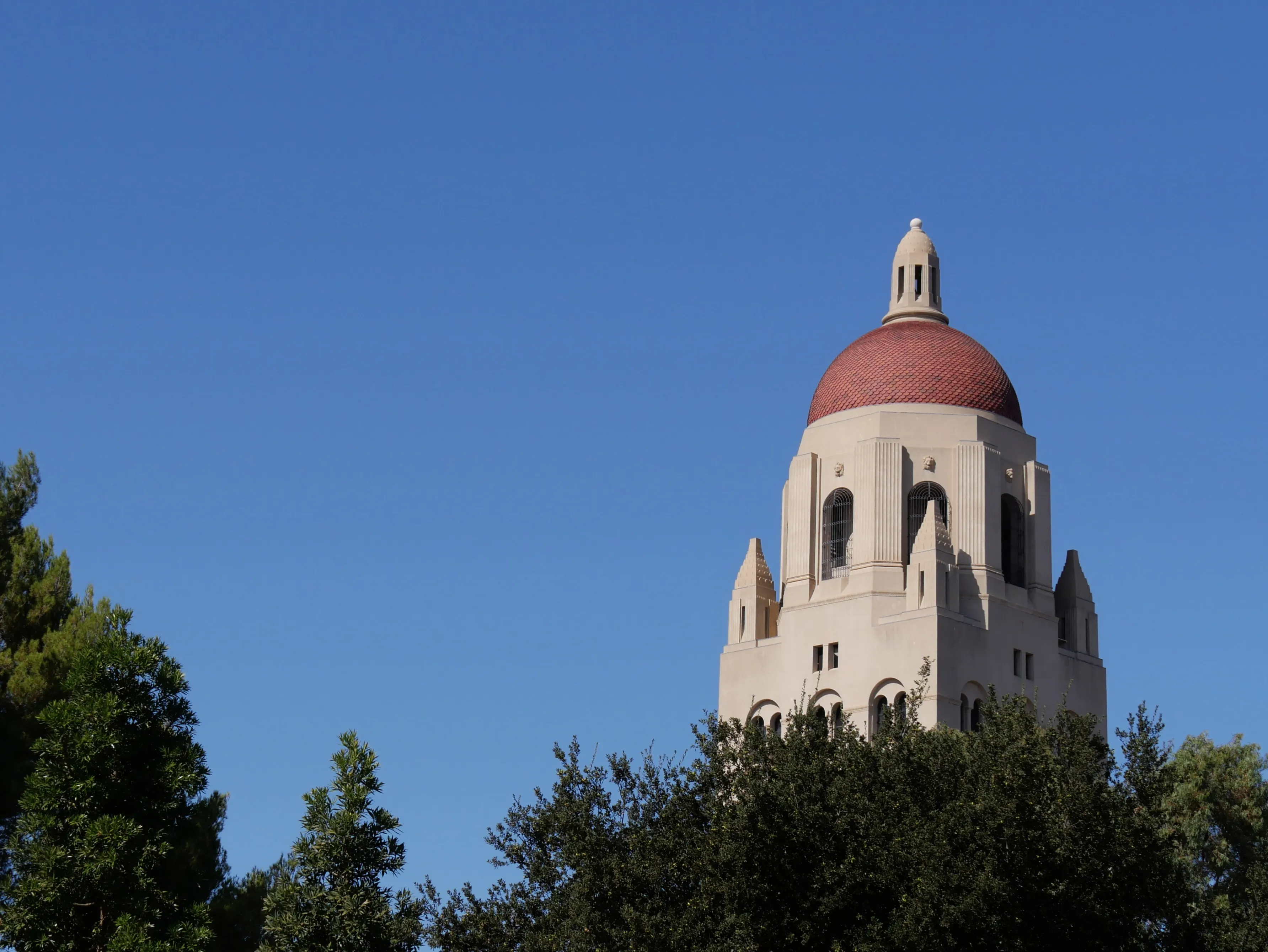As a roulette ball lands where it will, our college years point us toward random possibility. Here’s the caveat: Stanford is a higher stakes wheel. Among alumni from U.S. universities, Stanford comes in second in wealth only to Harvard. In a sense, the wheel is rigged for Stanford alumni, both by generational wealth and the very drive to succeed that allowed their admission to a university with an acceptance rate of around 4%.
Horatio Alger’s novels enhanced America’s work ethic and raised hope by giving fictional examples of “poor boy makes good.” At the time of his writings in the mid to late 1800’s, poverty existed next to conspicuous consumption and political power wielded by the wealthy elite. While the middle class was later expanded with public education, mass production, labor unions and urbanization, we find here that wealth gaps continue to fester as sources of social unrest.
Today, the middle class is shrinking. “In 1971,” the Pew Research Center reports, “61% of Americans lived in middle-class households. By 2023, the share had fallen to 51%.” It is startling to think that in 2019, the top 10% of U.S. families owned 76% of the wealth, the middle 40% owned 22% of the wealth and the bottom 50% owned 1% of the wealth. Take a moment to let that sink in. Half of our population owns a 1% share of America’s wealth. Now think of this. Ownership gives rise to pride and care. No one washes a rented car.
Today, uber-wealth is embraced more in concept than in reality. How many of us realize that a billion dollars in $100 bills weighs 11 tons? It conjures images of Scrooge McDuck’s vault. To get that amount of money covered by the Federal Deposit Insurance Corporation (which only allows a maximum of $250,000 per depositor), you would need 4,000 bank accounts. Elon Musk’s wealth is estimated at over $330 billion. Measured in $100 bills, times 11 tons — that equals 3,630 tons. Whose garage is that big?
Many of the poor and middle class join the rich in admiring and defending multimillionaires and billionaires. They are heroes who beat the system and achieved what each of us aspires to. “They worked hard to earn it and deserve every penny. That’s the American Dream,” some may say. Part of this defense of extreme wealth may be rooted in our fascination with cultural icons. Billy the Kid and Al Capone were American idols who thumbed their noses at authority with seeming impunity, much like a contemporary celebrity-turned-politician who brags he could shoot someone on 5th Avenue and get away with it.
In what ways do the ultra-rich benefit society? Some are investors and innovators who create jobs and improve services and products. Some are generous philanthropists. On the flip side, the ultra-rich manipulate our democracy through king-making, Political Action Committees (PACs), party and candidate contributions, acquiring conglomerate print and TV outlets — even running for office on a whim and an ego trip. Each of our votes is unduly influenced and diminished by financial power.
What happens if you question the legitimacy of our system, which enables the rich to get richer? You get a vigorous noogie from those politicians who owe their offices to the wealthy. They label the questioner as a dreaded “socialist.” “Dreaded,” of course, despite America’s successful brand of socialism being created and supported to various degrees by both major parties.
So, if we and our elected representatives were to have the will (something which rarely coincides), how would we be able to put a cap on wealth without eroding Horatio Alger’s exhortation toward high aspiration and work ethic?
Let’s look at two kinds of wealth: assets and reportable income. Other than our personal savings, retirement accounts and homes, which typically range in value from less than $10,000 to $3 million, most of our federally taxed wealth is in our paychecks. By contrast, most of the inherited and acquired wealth of the ultra-rich is not in income. Except for interest, rents and capital gains upon sale, the ultra-rich’s wealth is in assets and non-taxable loans against those assets (borrow, borrow and die). What taxes are imposed on that wealth are minimized by an army of accountants and lawyers, as well as legislators beholden to their wealthy benefactors.
Many who are concerned with the malignant power the ultra-rich hold over every aspect of our economy, culture and democracy favor higher federal taxes, or a wealth tax. Redistribution of wealth through taxation makes sense when we consider the vast gulf between multimillionaires and billionaires and ordinary workers who struggle to provide basics for their family. The American Dream mocks those in this daily struggle. Lotteries (poor tax), meme stocks, cryptocurrency and crime promise a brass ring to many eager to fantasize an escape from their poverty, but it is mathematically illusory.
It is true that wealth elicits respect and enables power. That said, true and lasting respect and power lies within each of us. It cannot be taken away except by our own hand. Stanford’s mission is to “contribute to the world by educating students for lives of leadership and contribution with integrity” while “advancing fundamental knowledge and cultivating creativity.” Despite this mission, it is all too easy for earned glorification of Stanford’s innovators to morph into idolization of ultra-wealthy Silicon Valley alumni. Is it time to double down on Stanford’s mission statement to find balance between definitions of success?
Jim Schnieder ’70 is a veteran, nonpartisan, retired purchasing executive.
